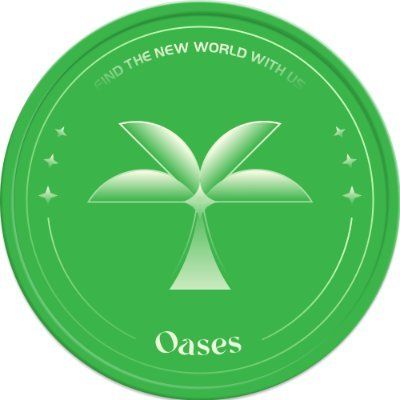336 reads
Disputes and Solutions over NFT Royalties
by
November 29th, 2022
Audio Presented by

Oases is a truly decentralized NFT marketplace and an open, innovative and vibrant community for NFT collectibles.
About Author
Oases is a truly decentralized NFT marketplace and an open, innovative and vibrant community for NFT collectibles.